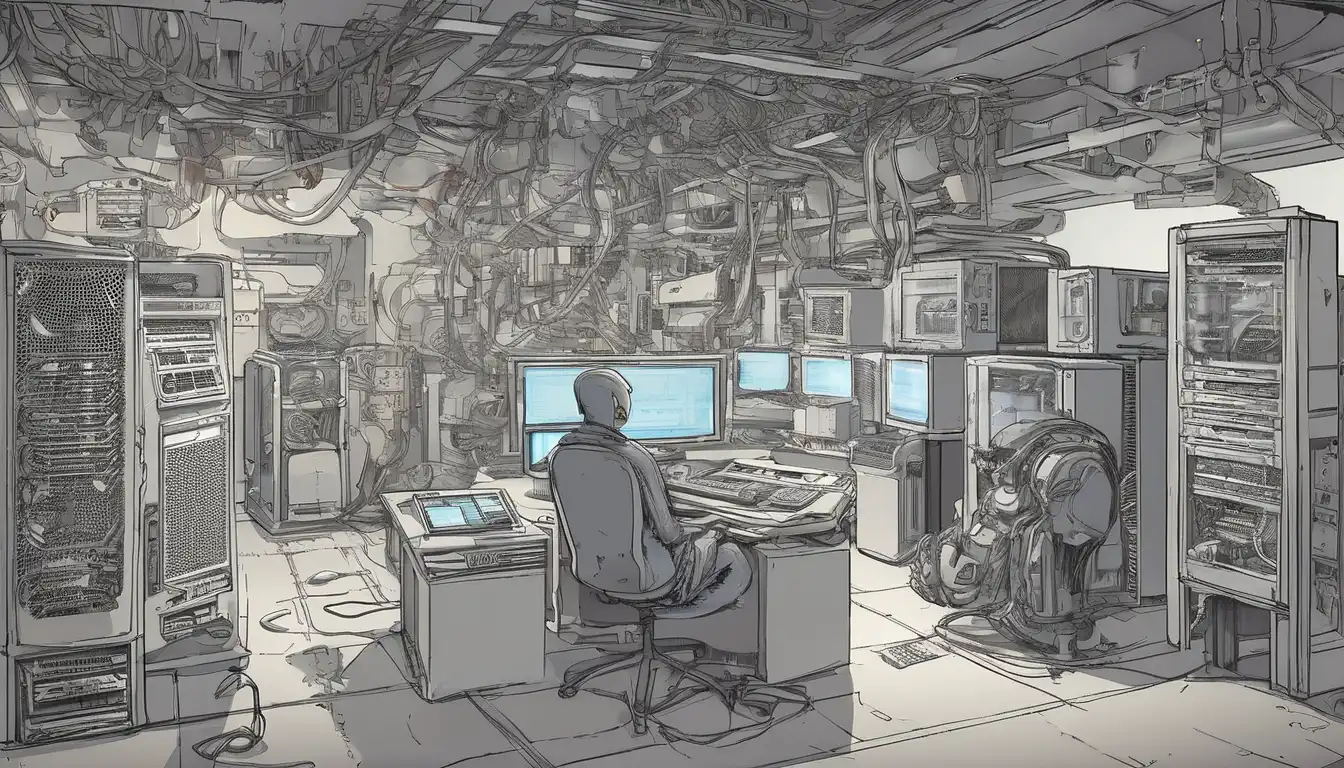Introduction to Computer Component Selection
Building your own computer can be an incredibly rewarding experience, but choosing the right components is crucial for optimal performance and value. Whether you're a first-time builder or an experienced enthusiast, understanding how to select compatible and high-quality parts will ensure your system meets your specific needs. This comprehensive guide will walk you through the essential considerations for each major component.
Understanding Your Needs and Budget
Before diving into specific components, it's vital to assess your primary use case and establish a realistic budget. Are you building a gaming rig, a workstation for content creation, or an everyday productivity machine? Each scenario demands different hardware priorities. For gaming, focus on the graphics card and processor; for content creation, prioritize RAM and storage speed; for general use, balance performance with cost-effectiveness.
Establishing a clear budget early prevents overspending on unnecessary features while ensuring you don't compromise on critical components. Remember to allocate funds for peripherals and software if they're not already part of your existing setup.
Processor (CPU) Selection
The CPU serves as the brain of your computer, handling all computational tasks. When choosing a processor, consider:
- Core Count and Clock Speed: More cores benefit multitasking and parallel processing, while higher clock speeds improve single-threaded performance
- Compatibility: Ensure the CPU matches your motherboard's socket type
- Integrated Graphics: Useful if you're not immediately adding a dedicated graphics card
- Thermal Design Power (TDP): Affects cooling requirements and power consumption
For most users, mid-range processors from Intel's Core i5 or AMD's Ryzen 5 series offer excellent balance between performance and cost. Enthusiasts might consider higher-end options like Core i7/i9 or Ryzen 7/9 processors for demanding applications.
Motherboard Considerations
The motherboard acts as the central nervous system, connecting all components. Key factors include:
- Form Factor: ATX, micro-ATX, and mini-ITX determine case compatibility and expansion options
- Chipset: Dictates features like overclocking support, PCIe lanes, and connectivity options
- RAM Slots and Speed Support: Ensure compatibility with your chosen memory
- Expansion Slots: Consider future upgrades like additional graphics cards or storage
- Connectivity: Check for sufficient USB ports, networking capabilities, and audio features
Choose a motherboard that not only fits your current needs but also allows for reasonable future expansion. Don't overspend on features you won't use, but avoid the cheapest options that may lack essential connectivity.
Memory (RAM) Requirements
Random Access Memory temporarily stores data for quick access by the CPU. Important considerations:
- Capacity: 16GB suits most users, while 32GB benefits content creators and heavy multitaskers
- Speed: Higher frequencies can improve performance, especially with AMD processors
- Latency: Lower CAS latency numbers indicate faster response times
- Dual/Quad Channel: Installing matched pairs or sets improves memory bandwidth
For optimal performance, ensure your RAM is compatible with both your motherboard and processor. Consider starting with 16GB and upgrading later if needed, as RAM is one of the easiest components to add.
Storage Solutions
Modern systems benefit from combining different storage types:
- SSD (Solid State Drive): Essential for operating system and frequently used applications
- NVMe Drives: Ultra-fast storage perfect for boot drives and demanding applications
- HDD (Hard Disk Drive): Cost-effective for mass storage of media files and backups
A balanced approach might include a 500GB-1TB NVMe SSD for your operating system and key programs, complemented by a larger HDD for data storage. Consider the interface (SATA vs. NVMe) and form factor (2.5-inch, M.2) when making your selection.
Graphics Card (GPU) Selection
The GPU handles visual processing and is critical for gaming and creative work:
- Performance Tier: Match the GPU to your monitor's resolution and refresh rate
- VRAM: More video memory benefits higher resolutions and texture quality
- Power Requirements: Ensure your power supply can handle the GPU's demands
- Physical Size: Verify the card fits your case and doesn't block other components
For 1080p gaming, mid-range cards typically suffice, while 1440p and 4K gaming demand higher-end models. Content creators should consider workstation-grade cards for specialized applications.
Power Supply Unit (PSU)
Often overlooked, the PSU is critical for system stability and longevity:
- Wattage: Calculate total system power needs and add 20-30% headroom
- Efficiency Rating: 80 Plus Bronze, Gold, or Platinum indicate power efficiency
- Modularity: Fully modular PSUs reduce cable clutter and improve airflow
- Warranty: Longer warranties often indicate higher quality components
Never cheap out on the power supply—a poor-quality unit can damage other components. Stick with reputable brands and ensure adequate wattage for your configuration.
Case and Cooling
The case houses all components and affects thermals and noise levels:
- Size Compatibility: Ensure the case supports your motherboard form factor and component sizes
- Airflow Design: Look for mesh front panels and multiple fan mounting points
- Cable Management: Good routing options improve airflow and aesthetics
- Cooling Solutions: Consider aftermarket CPU coolers for better thermal performance
Balance aesthetics with functionality. A well-ventilated case with proper cable management will keep components cooler and potentially extend their lifespan.
Compatibility and Future-Proofing
Before purchasing, double-check component compatibility using tools like PCPartPicker. Consider future upgrade paths—will your motherboard support next-generation processors? Does your case have room for additional storage or cooling? While you can't future-proof completely, making smart choices now can extend your system's relevance.
Final Assembly Considerations
Once you've selected all components, ensure you have the necessary tools and take your time during assembly. Proper installation prevents damage and ensures optimal performance. Remember to install the latest drivers and BIOS updates after completing your build.
Conclusion
Choosing the right computer components requires careful consideration of your needs, budget, and compatibility requirements. By understanding each component's role and how they work together, you can build a system that delivers excellent performance and value. Whether you're creating a budget-friendly workstation or a high-end gaming rig, the principles of balanced component selection remain the same. For more detailed information on specific components, check out our guides on motherboard selection and GPU buying strategies.
